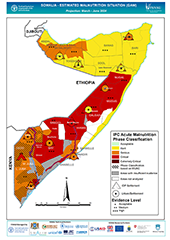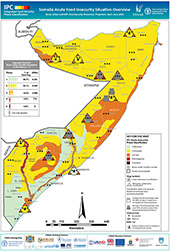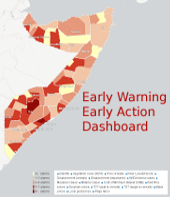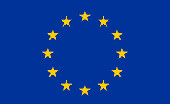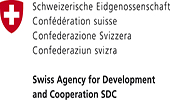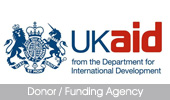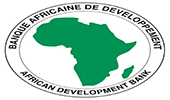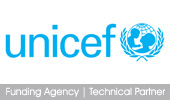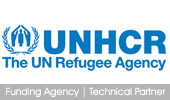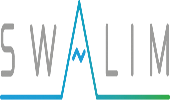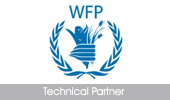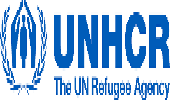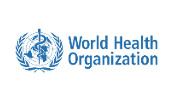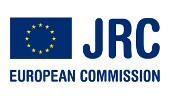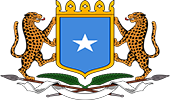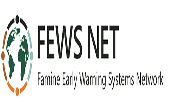FSNAU-FEWSNET Technical Release, February 2017
Issued: February 2, 2017
Nearly 3 million people in Somalia face crisis and emergency acute food insecurity
Risk of Famine Increases
February 2, 2017, Nairobi/Washington – As severe drought grips most parts of Somalia, food crisis is worsening in rural areas following consecutive seasons of poor rainfall and low river water levels, which led to near total crop failures and reduced rural employment opportunities, widespread shortage of water and pasture, consequent increases in livestock deaths, and rapidly diminishing food access among poor households as staple food prices continue to rise sharply and livestock prices decrease significantly. Rising food prices are also affecting food access among displaced and poor urban households. Total loss of livestock and destitution have been reported in some northern pastoral areas. There has also been drought-related distress migration from parts of Bakool and Bay Regions towards urban areas in Gedo, Lower Shabelle and Banadir. In the lead up to the start of the anticipated below normal 2017 Gu (April-June) season rainfall, staple food prices are expected to increase sharply, and widespread livestock mortality is likely to occur as pasture and water resources become depleted. Acute malnutrition remains high and widespread across Somalia. In a worst-case scenario where (i) the 2017 Gu (April-June) season performs very poorly, (ii) purchasing power declines to levels seen in 2010/2011, and (iii) humanitarian assistance is unable to reach populations in need, Famine (IPC Phase 5) would be expected.
The latest findings from a countrywide seasonal assessment conducted in December 2016 indicate that over 2.9 million people face Crisis and Emergency (IPC Phases 3 and 4) across Somalia through June 2017. This represents more than two-fold increase compared to six months ago. Additionally, more than 3.3 million people are classified as Stressed (IPC Phase 2), bringing the total number of people facing acute food insecurity across Somalia to over 6.2 million. This seasonal assessment was jointly led by the Food Security and Nutrition Analysis Unit for Somalia (FSNAU, a project managed by the Food and Agriculture Organization of the United Nations), and the Famine Early Warning Systems Network (FEWS NET, a project funded by USAID) and carried out with the active participation of Government institutions and other partners.
Levels of acute malnutrition in Somalia have increased since July 2016. Results from 27 separate nutrition surveys conducted between November and December 2016 by FSNAU and partners indicate that an estimated 363 000 children under the age of five are acutely malnourished, including 71 000 who are severely malnourished and face increased risk of morbidity and death. Global Acute Malnutrition (GAM) prevalence is above the Critical (15%) threshold in 13 out of 27 rural and displaced population groups surveyed. Severe Acute Malnutrition (SAM) is Critical/Very Critical (≥4.0%) in 6 out of 27 rural and displaced population groups surveyed.
The 2016 Deyr (October-December) rainfall was much below average and poorly distributed across most parts of Somalia. Coupled with low river water levels, this greatly impacted the Deyr season cereal harvest which is estimated at 32 000 tonnes, 70 percent below long-term (1995-2015) average and 75 percent below the five-year average for 2011-2015. As this followed a poor harvest during the previous Gu (April-June 2016) season, the combined impact has adversely affected the food security of most poor households in agropastoral and riverine areas of southern Somalia. As a result, agropastoral livelihoods in the mainly crop dependent Bay and southern parts of Bakool Region are classified as Emergency (IPC Phase 4) with most adjacent agropastoral livelihoods in Bakool, Juba, Shabelle, Hiran, Gedo and Galgadud Regions classified as Crisis (IPC Phase 3). In the Northern Inland Pastoral livelihood zone (Sool, Sanaag, Bari and Nugaal Regions), three consecutive seasons of poor rainfall have led to very poor livestock production and reproduction. This resulted in rapid depletion of livestock assets due to increased sale and mortality, declining livestock to cereals terms of trade and increased indebtedness. Total loss of livestock, destitution and displacement has been reported in some parts of the zone. The livelihood has been classified in Emergency (IPC Phase 4). Adjacent pastoral livelihoods in central and northeast have been classified as Crisis (IPC Phase 3).
Some urban areas in central and southern Somalia continue to be impacted by trade disruption due to insurgent activities and recent conflict and military confrontation in Galckayo town. These and other urban areas are likely to face food security deterioration due to worsening drought conditions and consequent increase in staple food prices that will lower food access. As a result, Huduur and Wajid in Bakool Region, Beletweyne and Bulo Burte in Hiran Region, Galkacyo and other urban areas in Mudug Region, Bossasso in Bari Region, and Baidoa in Bay Region have been classified as Crisis (IPC Phase 3).
With few assets and limited livelihood opportunities, Internally Displaced Persons (IDPs) across Somalia remain vulnerable to shocks and they have also been impacted by the drought, as food prices rise and competition for wage labor employment increases in urban areas where IDPs live. Influx of newly displaced people from rural parts of Bakool and Bay Regions towards Dollow, Lower Shabelle and Mogadishu has been observed. This is partly reflected in the proportion of IDPs who arrived within the last quarter of 2016 (11% new arrivals in Kismayo, 11% in Baidoa, 12% in Dhobley and 19% in Mogadishu). High levels of acute malnutrition persist in most IDP settlements across Somalia. Therefore, Baidoa IDPs and Mogadishu IDPs have been classified as Emergency (IPC Phase 4) with the reaming 11 IDP settlements classified as Crisis (IPC Phase 3) between now and June 2017.
Preliminary forecasts indicate that below average to near average rainfall is expected to prevail across most parts of Somalia during the forthcoming 2017 Gu (April-June) season. As a result, only minimal improvements are expected during this time and in some areas further deterioration in food security is possible. In a worst-case scenario where the April-June Gu season performs even poorer than currently forecast, purchasing power declines to levels seen in 2010/2011, and humanitarian assistance is unable to reach populations in need, Famine (IPC Phase 5) would be expected.
Approximately 363 000 acutely malnourished children need urgent treatment and nutrition support, including 71 000 who are severely malnourished. Urgent humanitarian assistance is needed to support over 2.9 million people who face acute food security Crisis and Emergency (IPC Phases 3 & 4). Scaling up life-saving humanitarian assistance urgently and providing livelihood protection support are equally important in slowing the tide of drought/hunger related displacement. Livelihood protection and support is needed for over 3.3 million additional people who are Stressed (IPC Phase 2).
Areas and Populations of Concern
Populations groups classified as Crisis and Emergency (IPC Phases 3 &4) are priorities for interventions aimed at reducing food consumption gaps, reducing acute malnutrition, saving lives and protecting and saving livelihoods.
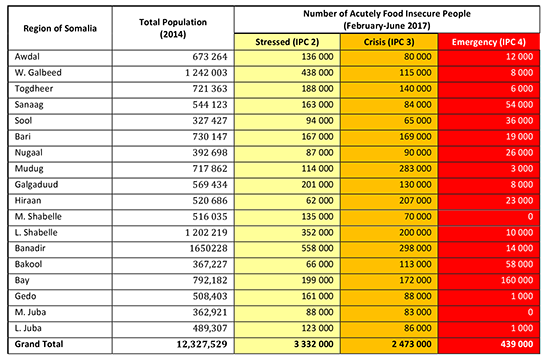
The following population groups have Critical rates of acute malnutrition (Global Acute Malnutrition-GAM prevalence of 15 % or higher) and are considered hotspots in need of urgent nutrition and health support interventions: Northern Inland Pastoral, Hawd Pastoral of Northeast, Addun Pastoral, Coastal Deeh Pastoral, Bay Agropastoral, Bakool Pastoral, North Gedo pastoral, and North Gedo Riverine, QardhoIDPs, Bosasso IDPs, Garowe IDPs, Dhusamareb IDPs and Mogadishu IDPs.
FSNAU and FEWS NET will continue to monitor conditions and outcomes and report on the situation. More detailed reports on the Post-Deyr assessment and the outlook through June will be published in February. Updates on the start of the next rainy season will be released in late April 2017. All information will be made available through www.fsnau.org and www.fews.net.

For more information, please contact: Chi Lael, Communications Officer, Tel: +254 -739469107, Email: chi.lael@fao.org and Anne Speca, Communications officer, Famine Early Warning Systems Network (FEWS NET), Tel: +1 202 955 3337, Email: aspeca@fews.net
To Download the full release click here.
